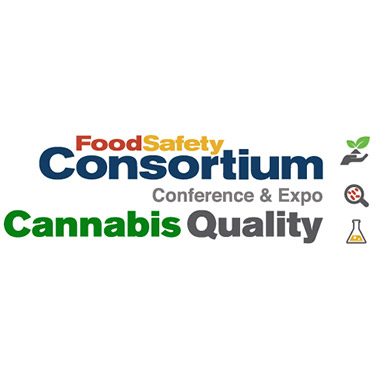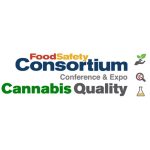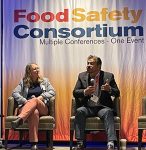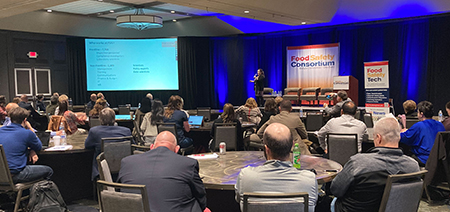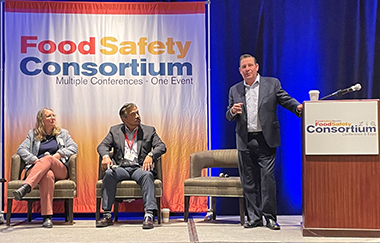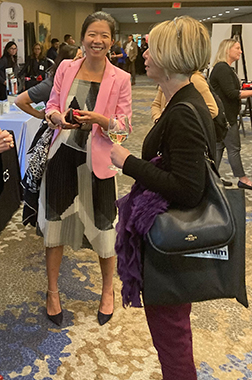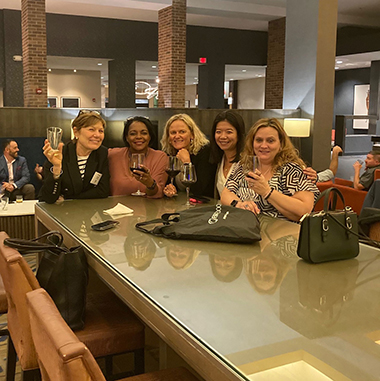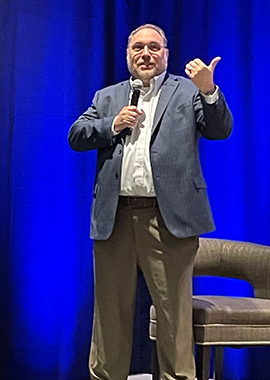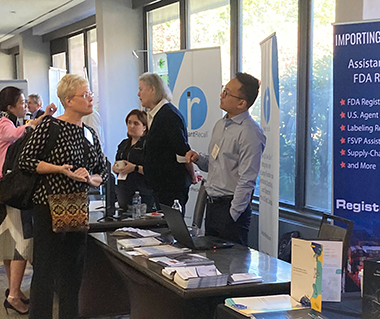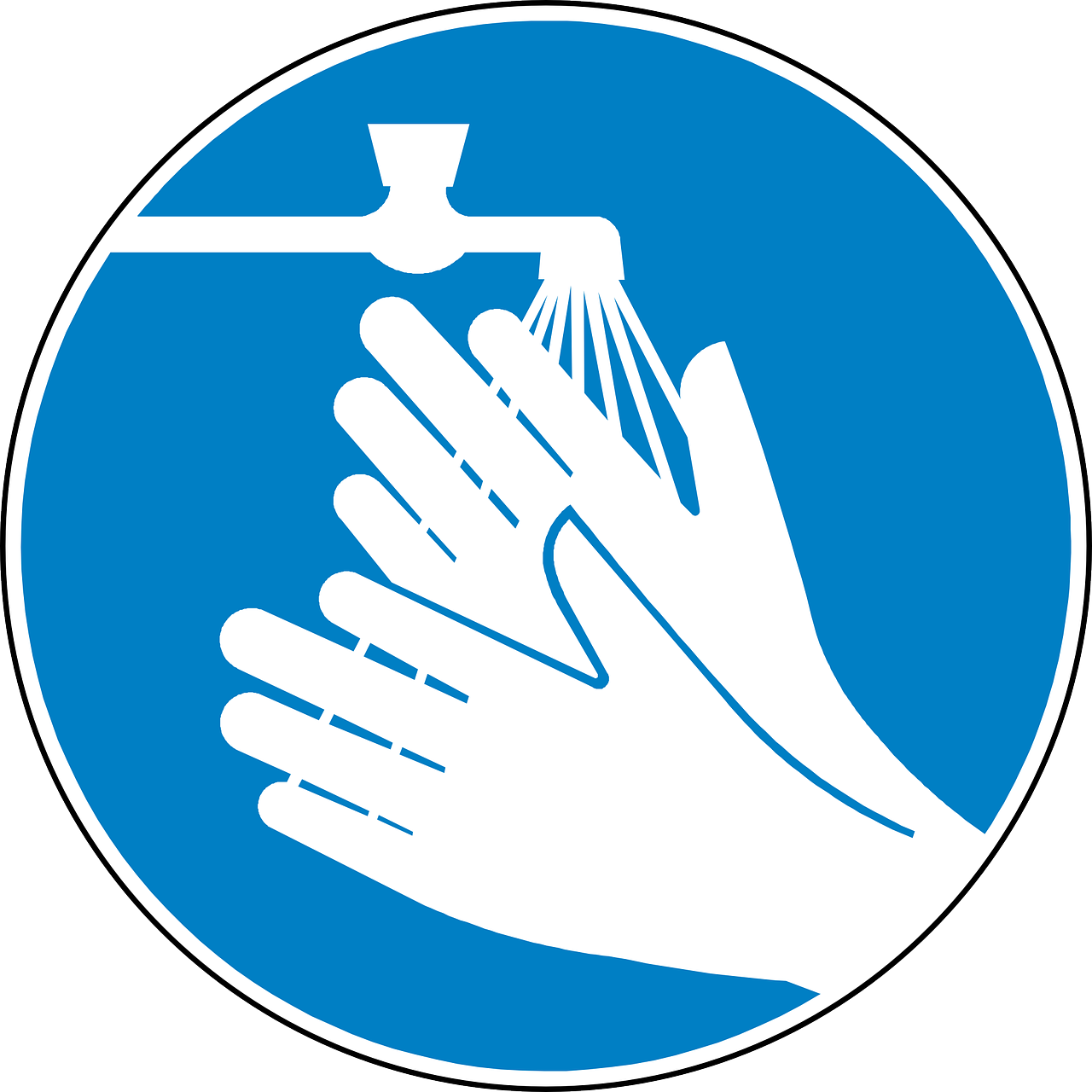Registration for the 11th Annual Food Safety Consortium, which will take place October 16-18 at the Hilton Parsippany in New Jersey, is now open.
Presented by Food Safety Tech, the Food Safety Consortium is a business-to-business conference that brings together food safety and quality assurance professionals for education, networking and discussion geared toward solving the key challenges facing the food safety industry today.
In addition to two full days of high-level panel discussions, this year’s program will include a second Food Safety Hazards track. These “Boots on the Ground” sessions provide education on the detection, mitigation, control and regulation of key food hazards.
New this year is a strategic co-location with the Cannabis Quality Conference (CQC), a business-to-business conference and expo where cannabis industry leaders and stakeholders meet to build the future of the cannabis marketplace. Registered attendees get full access to both conferences.
Registration options are available for in-person and virtual attendance.
The Consortium will kick off with presentations from Erik Mettler, Assistant Commissioner for Partnerships and Policy in the FDA’s Office of Regulatory Affairs (ORA), and Sandra Eskin, Deputy Under Secretary for Food Safety at the USDA FSIS, followed by a Town Hall with the regulators.
Other agenda highlights include:
- The Future of Food Safety Culture
- The Rise of Previously Unforeseen Hazards,
- FSMA 204: The Final Rule – Looking Ahead,
- Anti-Food Fraud Tactics for the Entire Supply Chain
- Bridging the gap between food safety and cybersecurity
Protecting Allergic Consumers through Audited and Validated Allergen Control Plans - Succession Planning for Food Safety Inspectors
Utilizing Food Quality Plans to Ignite Positive Food Safety Culture - Recalls Trends and Predictions
View the full agenda and register here.
Attendees will also have the opportunity to take part in pre-conference workshops on Monday, October 16, including:
- Food Safety Auditor Training
- CP-FS Credential Review Course
- The Food Safety Culture Design Workshop
- The Seed to Sale Safety Workshop
Event Hours
Monday, October 16: 8:30 am – 5:00 pm (Pre-conference Workshops)
Tuesday, October 17: 8 am – 6:30 pm
Wednesday, October 18: 8:30 am – 3:45 pm
Tabletop exhibits and custom sponsorship packages are available. Contact Sales Director RJ Palermo.
About Food Safety Tech
Food Safety Tech is a digital media community for food industry professionals interested in food safety and quality. We inform, educate and connect food manufacturers and processors, retail & food service, food laboratories, growers, suppliers and vendors, and regulatory agencies with original, in-depth features and reports, curated industry news and user-contributed content, and live and virtual events that offer knowledge, perspectives, strategies and resources to facilitate an environment that fosters safer food for consumers.
About the Food Safety Consortium
The Food Safety Consortium is an educational and networking event for Food Protection that has food safety, food integrity and food defense as the foundation of its educational content. With a unique focus on science, technology and compliance, the “Consortium” enables attendees to engage in conversations that are critical for advancing careers and organizations alike. Delegates visit with exhibitors to learn about cutting-edge solutions, explore high-level educational tracks, and network with industry executives to find solutions to improve quality, efficiency and cost effectiveness in the evolving food industry.

